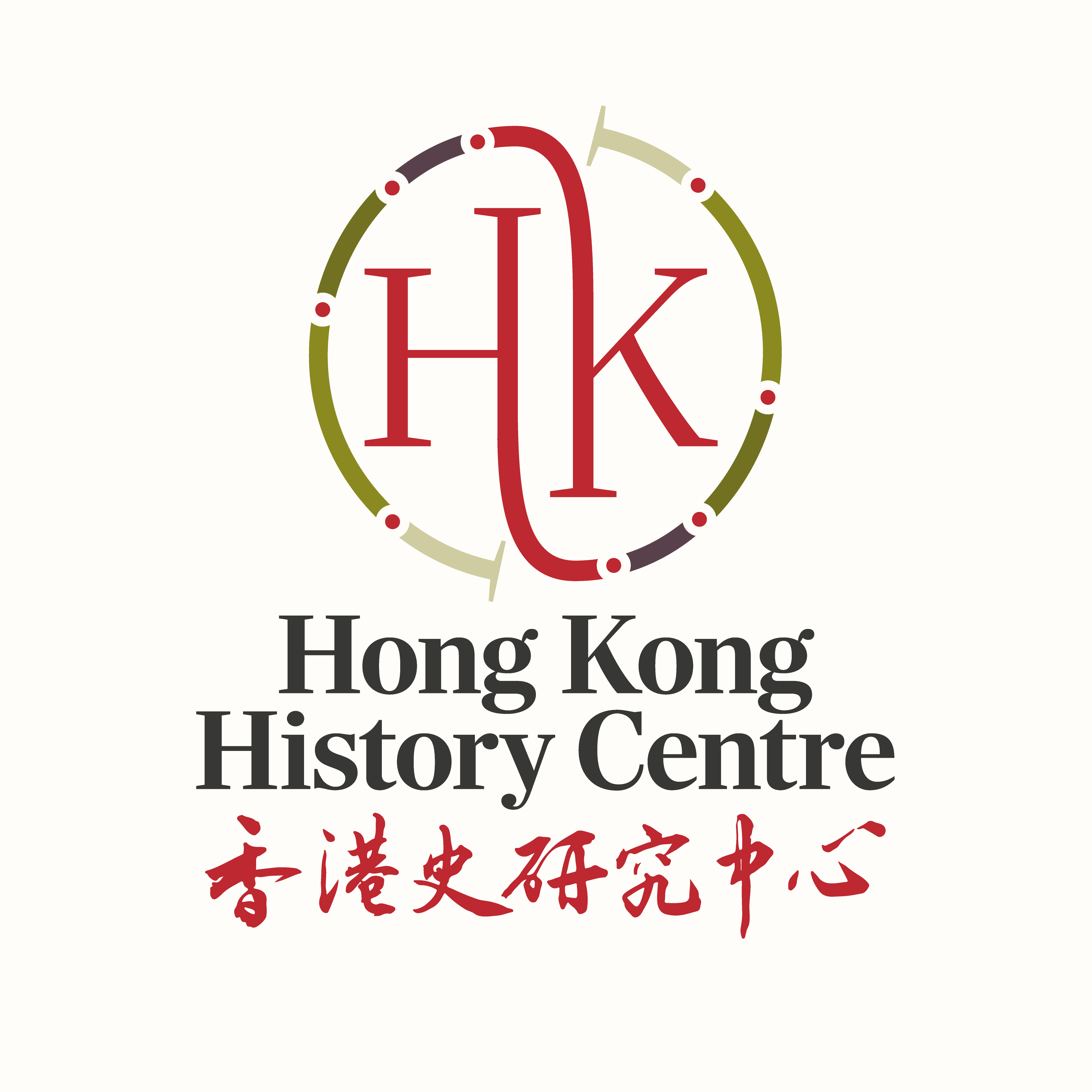
By Vaudine England
For a place which has so often been so eulogised for being such a marvellous meeting of East and West, the detail of the most intimate connections between east and west is surprisingly uncovered. Fiction has largely …
11/09/15
By Vaudine England
This week (on 3 September) the Chinese government has decreed a special one-off public holiday (and vast military parade) to mark what it calls China’s victory over Japan 70 years ago. As with all anniversaries, a plethora …
03/09/15By Vaudine England
For a place which has so often been so eulogised for being such a marvellous meeting of East and West, the detail of the most intimate connections between east and west is surprisingly uncovered. Fiction has largely …
11/09/15By Vaudine England
This week (on 3 September) the Chinese government has decreed a special one-off public holiday (and vast military parade) to mark what it calls China’s victory over Japan 70 years ago. As with all anniversaries, a plethora …
03/09/15